Around the world, an estimated 68 million girls are involved in child labour. Many of these girls take up similar work as boys, but face additional hardships, graver situations and extra risks. Much of the work undertaken by girls is less visible than of the boys, and most often they are subjected to worst forms of child labour, involving greater brutality and exploitation.
Even though there are several laws and conventions that safeguard the rights of young girls still they are continued to be pushed into a wide range of occupational sectors and services of which many work in the worst forms. In fact young girls at a tender age are presented with ‘double burden’ as they have to combine household work with economic activities outside of home, resulting in a negative impact on their deserved education.
A large number of girls work in the agricultural, the manufacturing sector or home-based small workshops, exposing them to some of the most dangerous working conditions. One of the major sectors for young girls’ employment is the domestic work sector, where girls remain relatively hidden and are time and again reported to be treated poorly and abused physically, mentally and sexually. Moreover as this work takes place within the confines of a private home, the dangers and risks that girls are succumbed to, very often goes unseen and unreported.
Some of the most exploitative situations where a girl might be involved in the worst forms of child labour may include, girls trafficked into bonded labour, prostitution and pornography. Girls in such harsh situations have little or no contact with the outside world, giving rise to their concerns of safety and welfare.
Sustainable Development Goal 4 on Education calls for ensuring inclusive and quality education for all. However, currently there are 31 million girls of primary school age and 34 million female adolescents that are out of school, missing out on the chance to learn vital skills for their future. It is a known fact that girls are last to be enrolled and first to be withdrawn from school. Girls’ access to education may also be limited by other factors, for example the safety of the journey to school or lack of adequate water and sanitation facilities.
Education is the only tool to tackle poverty and bring dignity and equality to the girls in the world. Without accessing quality education, children especially girls are likely to be forced into the labour market at an early age, or they are likely to get married before the legal age. Research shows that educating girls is the most effective way to solving many socio-economic problems. Educated girls and women are likely to have better income as adults, marry later, have better knowledge of their rights and can lead a life of dignity along with preventing their children to get into child labour. Tackling child labour among girls and promoting their right to education, is therefore an important element of Global March Against Child Labour’s work to promote and protect the rights of all vulnerable children.
On International Women’s Day, March 8, Global March Against Child Labour (Global March) calls for greater awareness and action on the issue of child labour, especially amongst girls. As a long standing supporter of Global March, we urge you to spread the message of eliminating child labour for all children including girls, by raising your voice against this grave form of violence against children, and by doing your little bit by not employing girls as domestic workers, by asking people to not employ one, and by speaking against discrimination towards girls in all its forms.
Change starts from you and from your home!
